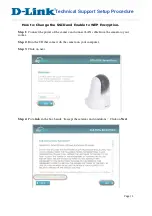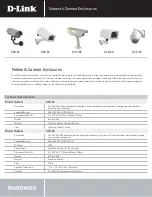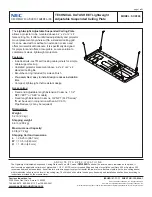
-26-
10.2 Recovery of anode materials
The recovery process of anode materials is relatively simple. After the separation of anode plates,
the purity of copper can be more than 99%, which can be used for further refining electrolytic copper.
10.3 Recovery of diaphragm
The diaphragm material is mainly harmless, and has no recycling value.
10.4 List of recycling equipment:
Automatic dismantling machine, pulverizer, wet gold pool, etc.
11. Transportation Requirements
The battery products should be transported after packaging and during the transportation process,
severe vibration, impact or extrusion should be prevented to prevent sun and rain. It can be
transported using vehicles such as cars, trains and ships.
Always check all applicable local, national, and international regulations before transporting
a Lithium Iron Phosphate battery.
Transporting an end-of-life, damaged, or recalled battery may, in certain cases, be specially limited
or prohibited.
The transport of the Li-Ion battery falls under hazard class UN3480, class 9. For transport over
water, air and land, the battery falls within packaging group PI965 Section I.
Use Class 9 Miscellaneous Dangerous Goods and UN Identification labels for transportation of
lithium ion batteries which are assigned Class 9. Refer to relevant transportation documents. Lithium
batteries and lithium ion cells are regulated in the U.S. in accordance with Part 49 of the Code of
Federal Regulations, (49 CFR Sections 105-180) of the U.S. Hazardous Materials Regulations.
Figure 10-1: Class 9 Miscellaneous Dangerous Goods and UN Identification Label

































